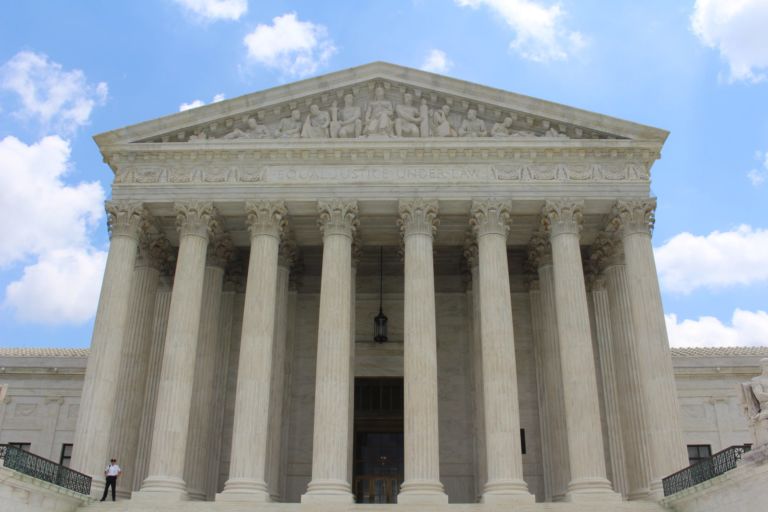 It’s unfortunate that a two-page feature in the latest Atlantic bases its headline on a false premise. (The article is not yet posted online, but it covers territory similar to that spelled out in this Atlantic Cities article from August 2012.)
It’s unfortunate that a two-page feature in the latest Atlantic bases its headline on a false premise. (The article is not yet posted online, but it covers territory similar to that spelled out in this Atlantic Cities article from August 2012.)
What is the basis for the Atlantic headline’s assertion?
In 2011, the wealthiest Americans — those with earnings in the top 20 percent — contributed on average 1.3 percent of their income to charity. By comparison, Americans at the base of the income pyramid — those in the bottom 20 percent — donated 3.2 percent of their income. The relative generosity of lower-income Americans is accentuated by the fact that, unlike middle-class and wealthy donors, most of them cannot take advantage of the charitable tax deduction, because they do no itemize deductions on their income-tax returns.
There’s nothing wrong with the magazine pointing out these facts or looking into charitable giving patterns. What’s disturbing is author Ken Stern’s lack of interest in detailing data that would help put those numbers in perspective. Among the questions left unanswered: What are the charitable contributions for other income quintiles? Does the number drop from quintile to quintile until one reaches the 1.3 percent figure? Or is it just those miserly “rich” who turn out to be stingy?
What are the actual dollar figures involved? A person who earns $1 million and donates 1.2 percent has directed $12,000 to charity. A person who earns $20,000 and donates 3.2 percent gives $640 to charitable causes. The millionaire’s $12,000 donation is more than 18 times as large. A household earning $5 million and donating $60,000 is contributing 93 times as much money to charity as the $20,000 earner. As in the case of tax rates, it often helps to provide perspective by relying on real dollar figures.
Speaking of taxes, how much of their relative incomes are these “rich” and “poor” people surrendering to Uncle Sam and to state and local governments? Add the tax bill to the charitable donations, then recalculate the “giving” percentage. And it might not hurt to know how much the “rich” and “poor” households plough into investments that tend to create jobs — the type of jobs that help people move out of the bottom income quintile.
Those are just a few of the items Mr. Stern could have chosen to address.
There’s another interesting omission: While the article takes a poke at the “rich,” it says nothing about the political philosophies of givers versus nongivers. Perhaps John Hood can help enlighten us on that topic.


